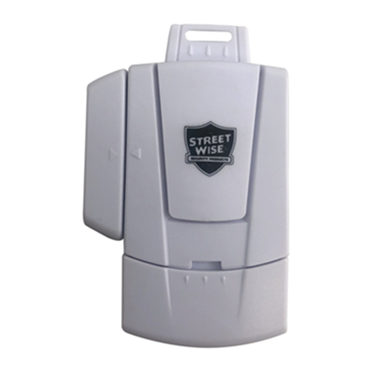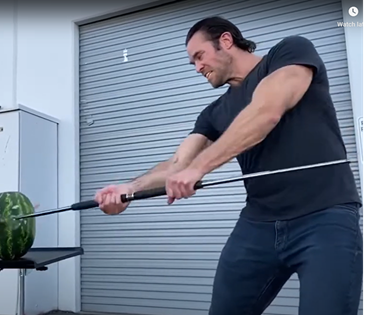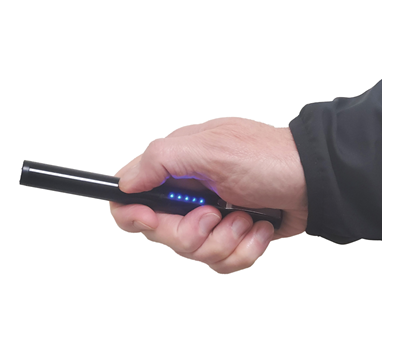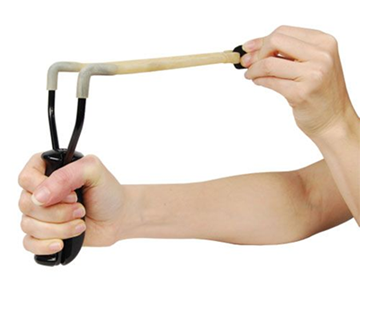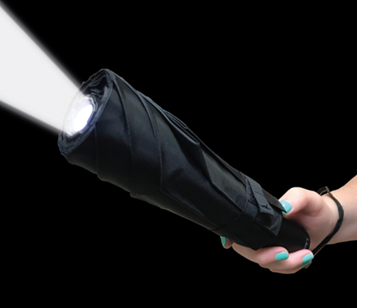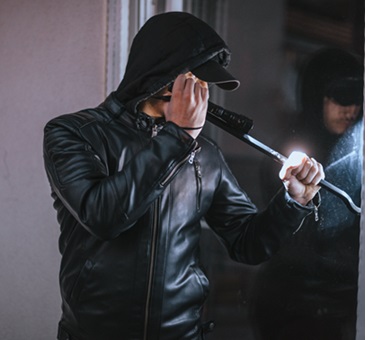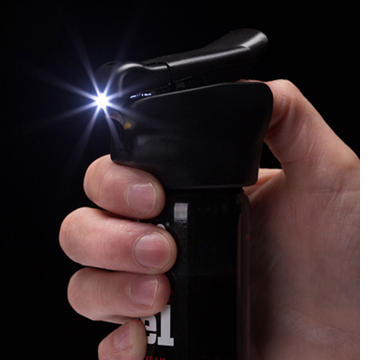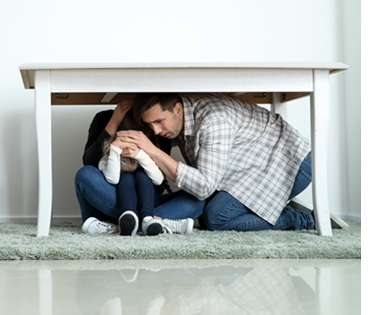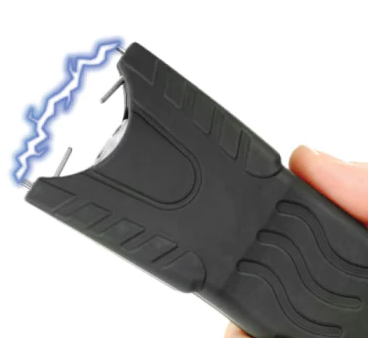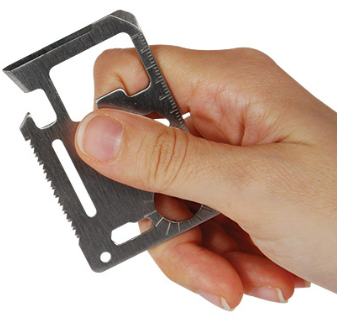Proper Use of Handcuffs: How to Restrain Without Causing Harm
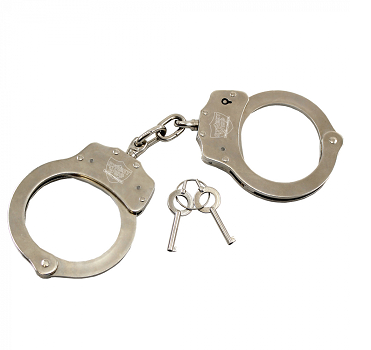 Handcuffs are commonly used by law enforcement officers, security personnel, and even in certain intimate situations. However, improper use of handcuffs can result in injury or harm to the person being restrained. In this blog post, we will discuss how to properly use handcuffs without causing harm to the person being handcuffed.
Handcuffs are commonly used by law enforcement officers, security personnel, and even in certain intimate situations. However, improper use of handcuffs can result in injury or harm to the person being restrained. In this blog post, we will discuss how to properly use handcuffs without causing harm to the person being handcuffed.
Choose the Right Handcuffs
The first step in using handcuffs properly is to choose the right type of handcuffs. There are different types of handcuffs available in the market, and you need to choose the ones that suit your needs. Some of the common types of handcuffs are:
- Standard Handcuffs: These are the most commonly used handcuffs and are typically made of metal. They are designed to fit most people and can be adjusted to fit the wrist size of the person being handcuffed.
- Hinged Handcuffs: These are similar to standard handcuffs, but they have a hinge that allows the cuffs to fold in half, making them more compact and easier to carry.
- Disposable Handcuffs: These are plastic cuffs that are typically used in situations where the person being restrained is considered a risk to themselves or others. They are often used by law enforcement agencies and are designed to be one-time use only.
It is important to choose handcuffs that fit the person being restrained comfortably. Standard handcuffs can be adjusted to fit different wrist sizes, but if the person has unusually large or small wrists, you may need to use a different type of handcuffs or adjust the cuffs accordingly.
Proper Placement of Handcuffs
Once you have chosen the right type of handcuffs, it is important to place them on the person being restrained properly. The placement of the handcuffs can determine whether the person experiences discomfort or injury.
When placing handcuffs on someone, it is important to place them on the bony part of the wrist, not on the soft tissue. This is because the soft tissue can be compressed, leading to nerve damage or injury. Placing the handcuffs on the bony part of the wrist reduces the risk of injury and ensures that the person being restrained is comfortable.
It is also important to avoid placing the handcuffs too tightly. The handcuffs should be snug, but not so tight that they restrict blood flow or cause pain. If the person being restrained complains of pain or discomfort, you should adjust the handcuffs accordingly.
Using Handcuff Keys Properly
Handcuff keys are used to lock and unlock handcuffs. It is important to use handcuff keys properly to avoid injury to the person being restrained.
When unlocking handcuffs, it is important to insert the key into the keyhole and turn it in the direction indicated by the keyhole. Do not turn the key too forcefully, as this can cause injury to the person being restrained.
It is also important to remove the handcuffs slowly and carefully. Do not pull or tug on the handcuffs, as this can cause injury to the person being restrained. Instead, remove the handcuffs by unlocking them and gently lifting them off the person's wrists.
Monitoring the Person Being Restrained
When someone is restrained with handcuffs, it is important to monitor them closely to ensure their safety and well-being. The person being restrained may experience discomfort or pain, and it is important to address these issues immediately.
If the person being restrained complains of pain or discomfort, you should adjust the handcuffs accordingly. If they complain of numbness or tingling in their hands or arms, you should remove the handcuffs immediately, as this could be a sign of nerve damage.
It is also important to monitor the person's breathing and circulation. If they appear to be having difficulty breathing or their hands or arms appear discolored, you should remove the handcuffs immediately.
Conclusion
Handcuffs are a valuable tool in law enforcement and security, but they should be used properly to avoid injury or harm to the person being restrained. Choosing the right type of handcuffs, placing them on the person being restrained properly, using handcuff keys properly, and monitoring the person being restrained are all important steps in using handcuffs safely. If you are unsure how to use handcuffs properly, it is important to seek training from a professional. Law enforcement agencies, security companies, and other organizations often offer training on the proper use of handcuffs.
See the cost of handcuffs.

